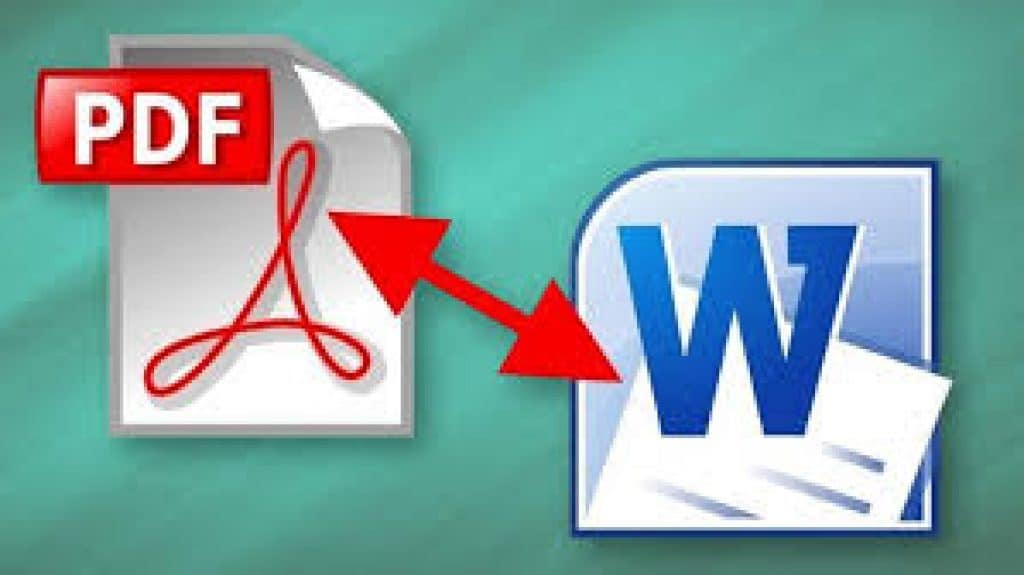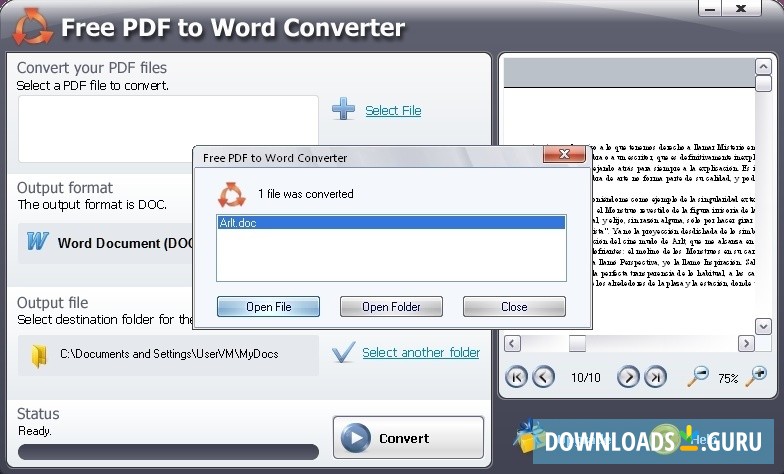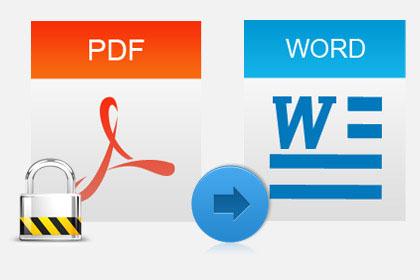

If you have a PDF you’re saving that is filled with images, it could be quite large. This is the most common reason for PDF-to-text conversions!Īnother reason would be to shrink PDFs down to a more economical size. If you convert that PDF to text, though, it will be very easy. If, for example, there’s a paragraph within a PDF you’d like to cut and paste into a different document, you might face some troubles. Finding text within a PDF is not always straightforward, and simple actions like cut-and-paste might not be possible. Unless you have expensive editing software, PDFs are not easy to alter. Most notably, text files are almost always smaller than PDFs and can be easier to edit and manipulate. These limitations make text files less robust than PDFs, but TXT does have some advantages. They can only hold text or text-based code, which means no images and no rich links (you can, however, include non-clickable URLs). This versatility has made PDF the default format for sharing documents on the internet. It doesn’t matter which platform you use to make a PDF, for example, because it will work and look the same on any other platform. The best thing about PDFs is how versatile they are.

It usually contains text but it can also support hyperlinks, images, charts, and more.

Moreover, you can save a PDF as Word via Google Drive. docx or others) and store the file on your device. Choose the Word format in which you want to save the document (.doc.Once you see it, click on the " File" menu, click on the " Export" option and select " Change file type".Through Word, the procedure to save a PDF file as Word is as follows: What you do have are endless alternatives to perform this procedure from easy-to-use programs, such as Microsoft Word itself. Sip Windows PCs -both laptops and desktops- lack a native tool to transform a document from PDF to Word in just one click.


 0 kommentar(er)
0 kommentar(er)
